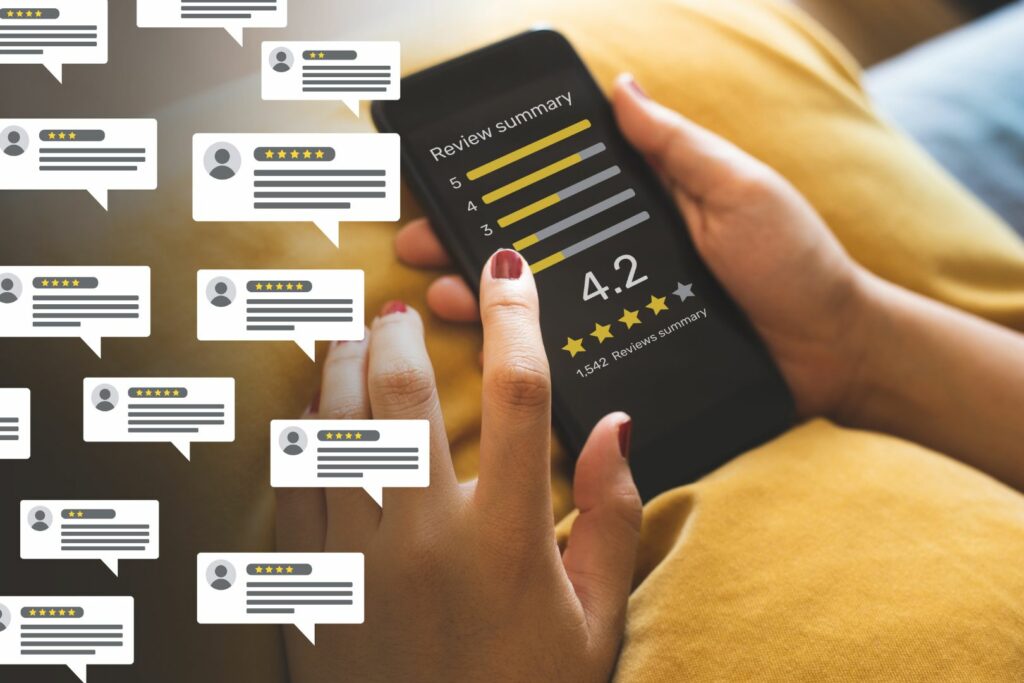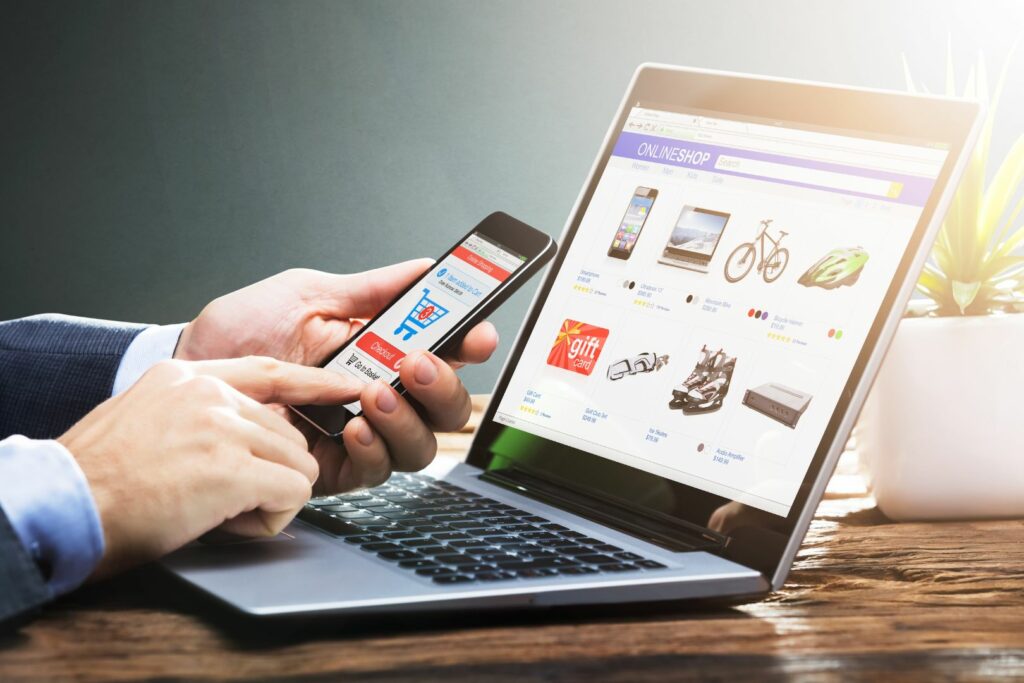Growing up with the internet and smart phones has shaped a wide range of millennial and GenZ buying habits.
People born after 1981 now represent almost two thirds of business procurement professionals. They expect fast and engaging online buying experiences and won’t hesitate to express their dissatisfaction. Already around three quarters of business purchases take place online. By 2025 it’s predicted more than a third of the younger generation of buyers will choose self-guided digital channels.
How do these shifts in business procurement preferences affect business to business (B2B) ecommerce?
A new generation of business buyers
Millennials and GenZs or ‘zoomers’ are now the majority of those buying goods and services for their organizations. A recent report from Forrester confirmed they have very high expectations of B2B ecommerce.
To reach and engage younger buyers effectively manufacturers, distributors and wholesalers must understand their needs and expectations.
Their preferred buying behavior, combined with continuing economic uncertainty and tighter budgets, means sales and marketing strategies need updating.
Buyer expectations
Younger buyers are likely to prefer suppliers’ B2B ecommerce websites, marketplaces, app stores, and Internet of Things (IoT) enabled products. As self-service transactions increase the priority is to deliver easily discovered products and seamless purchasing experiences aligned with these choices.

Third party product data
Younger buyers actively look for a wider variety of information sources. Their research includes more independently verified third-party resources such as customer reviews, product comparisons, industry-specific websites, forums and message boards. B2B companies must plan to create and share useful and engaging information much more widely in future.

Critical evaluation
Nine out of 10 younger buyers will express and share their dissatisfaction with poor purchasing experiences. This compares with seven out of 10 older buyers. Understanding the whole customer journey from your buyer’s perspective is now the key to customer satisfaction.
Time management
Time is an important consideration for busy B2B buyers. In-person meetings, telephone enquiries and offline research are giving way to online searches and internal buying groups.
Collaboration tools and improved communication channels speed up complex discovery and purchasing processes. Finding and sharing information online is fast and efficient. Removing scheduled calls with sales representatives, calendar coordination or time zone management simplifies the daily workload.
Sustainability
According to Amazon six out of 10 B2B buyers say improving sustainability in their purchasing is a top goal. Promoting sustainable practices online helps establish buyer confidence in their suppliers’ corporate strategies. Less in-person meetings reduce business miles, saving time and reducing emissions. End to end fulfillment strategies are now needed for cross-border B2B ecommerce logistics. As with online retail sales, buyers now expectat multiple transport and delivery options to help reduce their carbon footprint.

The future of business procurement
Businesses potentially make hundreds of critical purchases each year. The transactions are often high value and complex with detailed technical specifications. Sales representatives, phone calls, emails, and Excel spreadsheets remain part of the process. However, business system (ERP) integration and automation deliver improved efficiency, cost savings and improved customer experiences throughout the buying cycle.
Online self-service with options for in-person enquiries when needed is becoming the preferred approach. B2B ecommerce is growing rapidly with predicted sales expected to reach US$33.3trillion by 2030.
A study by McKinsey confirms four out of 10 business buyers will spend US$50,000 or more on B2B ecommerce channels. Over a third will spend more than US$500,000. B2B sellers must keep pace with the demand for efficient and effective high value online sales. Failing to move on from complex and slow manual procurement processes will affect competitiveness and profitability.
Supply chain disruptions during the pandemic and political and economic uncertainty are driving changes in procurement strategies. Artificial intelligence (AI) assisted systems can now help manage the risks associated with just-in-time procurement. Inventory management systems can monitor stock levels in a customer’s warehouse to forecast their requirements and deliver replacements. Marketplace data on logistics and supplier availability can improve planning and pre-empt delivery delays.
A future proofed B2B ecommerce solution
B2B ecommerce is not just about adopting technology; it’s about redefining business practices, enhancing customer experiences, and democratizing purchasing.
Many of Cloudfy’s B2B clients have large product portfolios, detailed pricing structures and complex distribution processes. Their major challenges include flexible pricing, accurate product descriptions and integration with business systems.
Cloudfy is a purpose designed alternative to custom-built B2B ecommerce sites that use a variety of technologies, languages and platforms. Our one-stop service includes a powerful ecommerce platform, customer and sales rep apps, hosting, support and security. Tailored to the complex requirements of B2B sales, it meets all the expectations of the new generation of buyers.
Efficiency, around the clock customer self-service and easy payments are priorities for millennial and GenZ customers. Cloudfy’s software as a service (SaaS) B2B ecommerce platform includes tools like Punch Out and electronic data interchange (EDI). Order processing is fast and easy using features such as unique customer logins for around-the-clock online access.
As new business leaders embrace digital transformation we’ll see innovative solutions, new niche marketplaces, and improved connectivity and efficiency. Adapting your marketing and sales strategies to meet millennial and GenZ expectations will help you outperform your competition. Costs go down when you take advantage of streamlined and automated processes to handle orders in moments.
Book a free Cloudfy demonstration to discover B2B ecommerce designed for the needs of millennials and GenZ.
Frequently Asked Questions
Millennials and GenZs, who make up the majority of B2B buyers, expect fast and engaging online buying experiences. They prefer self-guided digital channels and prioritize suppliers' B2B ecommerce websites, marketplaces, and IoT-enabled products. They also rely on third-party resources for information, making it essential for B2B companies to provide extensive and engaging content.
Nine out of 10 younger buyers are more likely to express and share their dissatisfaction with poor purchasing experiences. Therefore, understanding the entire customer journey from the buyer's perspective is key to ensuring customer satisfaction in this age of transparency and online communication.
Younger B2B buyers prioritize time management, shifting from in-person meetings, telephone inquiries, and offline research to online searches and internal buying groups. Collaboration tools and improved communication channels streamline the purchasing process, saving time and simplifying daily workloads.
Sustainability is a top goal for six out of 10 B2B buyers. Promoting sustainable practices online not only aligns with these buyers' values but also helps establish confidence in suppliers' corporate strategies. This shift can lead to fewer in-person meetings, reduced business miles, and more eco-friendly delivery options.
The future of business procurement is increasingly focused on online self-service with options for in-person inquiries when needed. B2B ecommerce is growing rapidly, with predicted sales expected to reach US$33.3 trillion by 2030. Companies must adapt to efficient and high-value online sales to remain competitive and profitable in this evolving landscape.
Technology like artificial intelligence is helping manage risks associated with just-in-time procurement. Inventory management systems use AI to monitor stock levels in a customer's warehouse and forecast their requirements. Additionally, marketplace data on logistics and supplier availability can enhance planning and prevent delivery delays.
To meet the demands of younger buyers, businesses need to prioritize online presence, provide easily discoverable products, and engage in more extensive content sharing. They should also focus on sustainability, efficient online sales, and streamlined communication to cater to the preferences of millennial and GenZ buyers.






